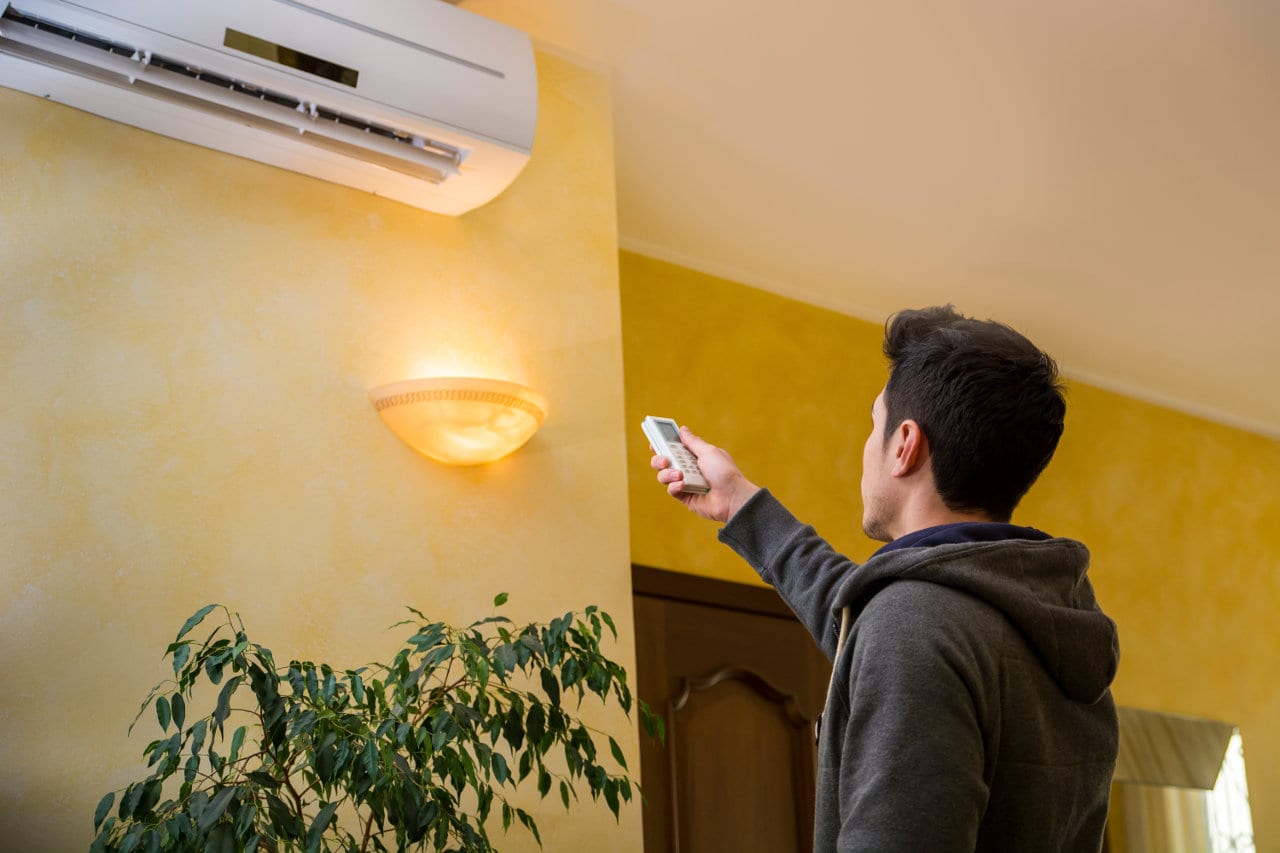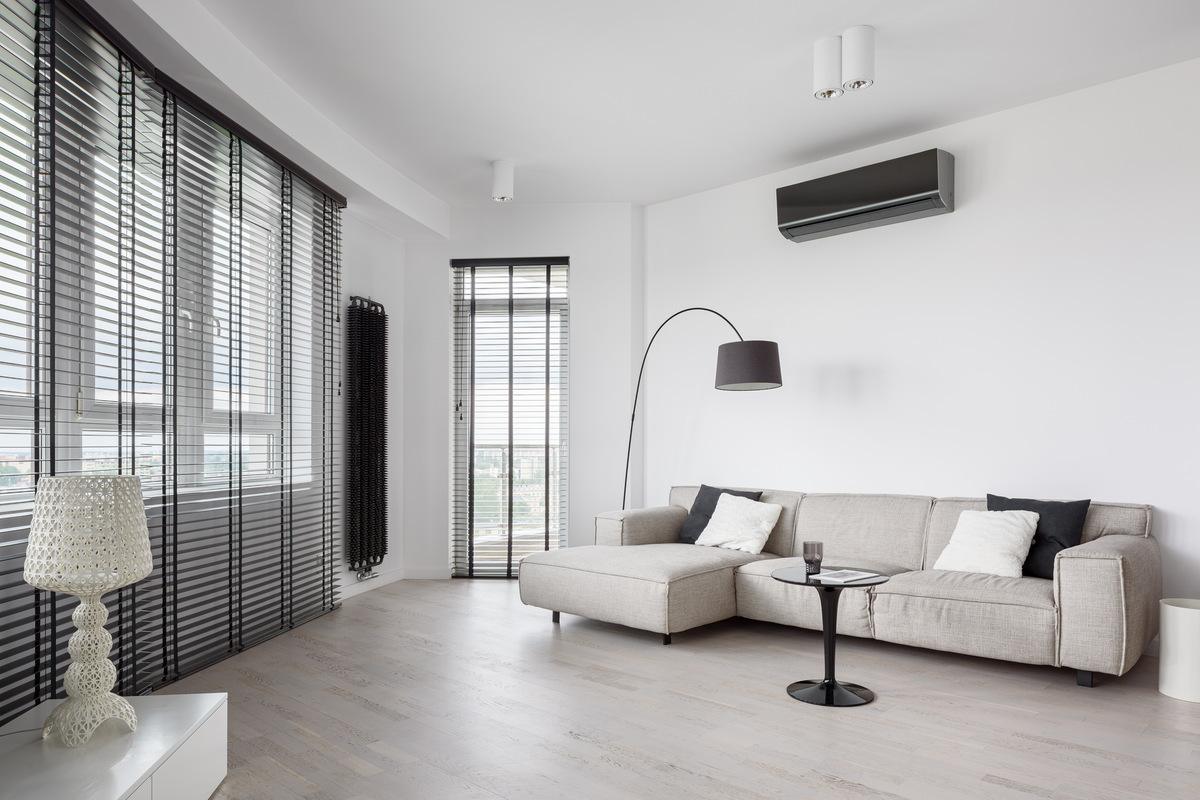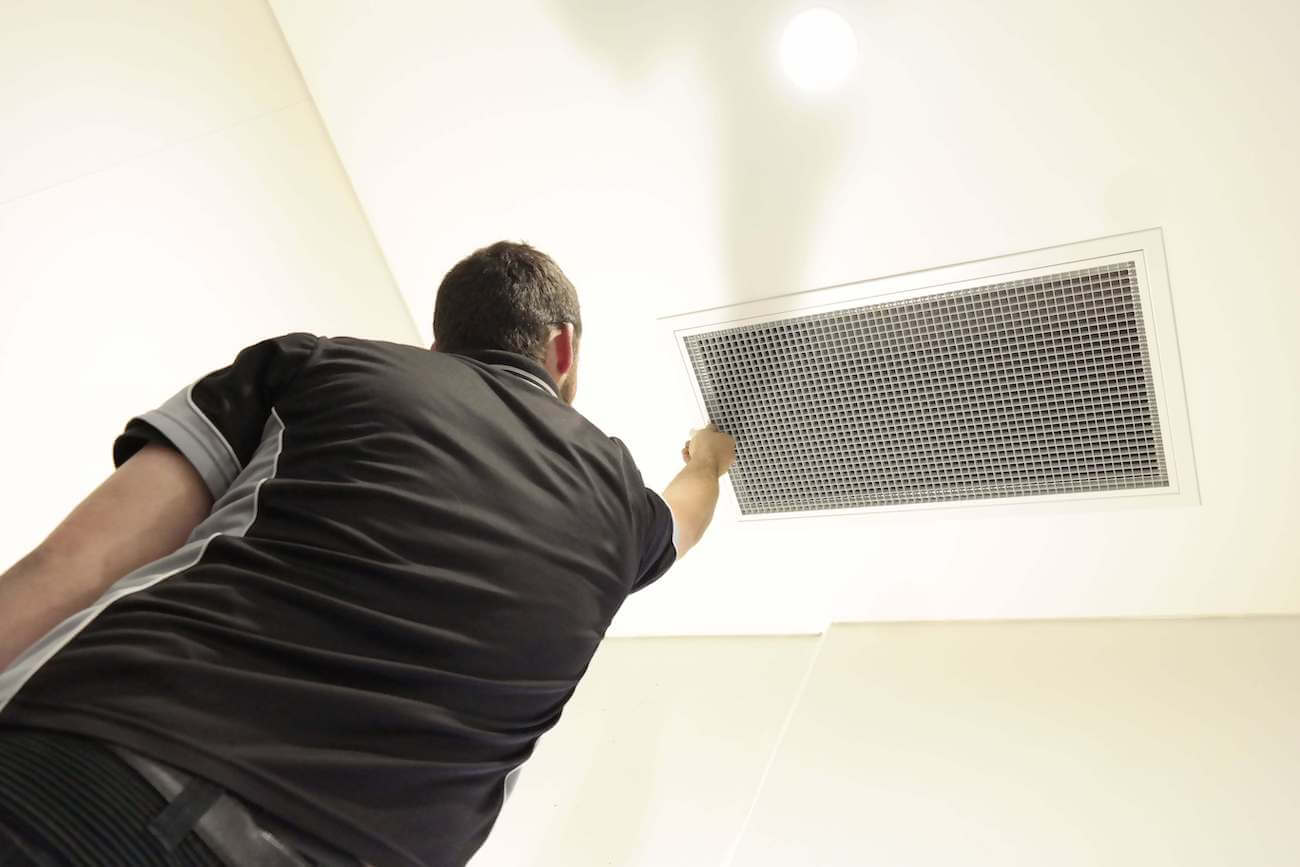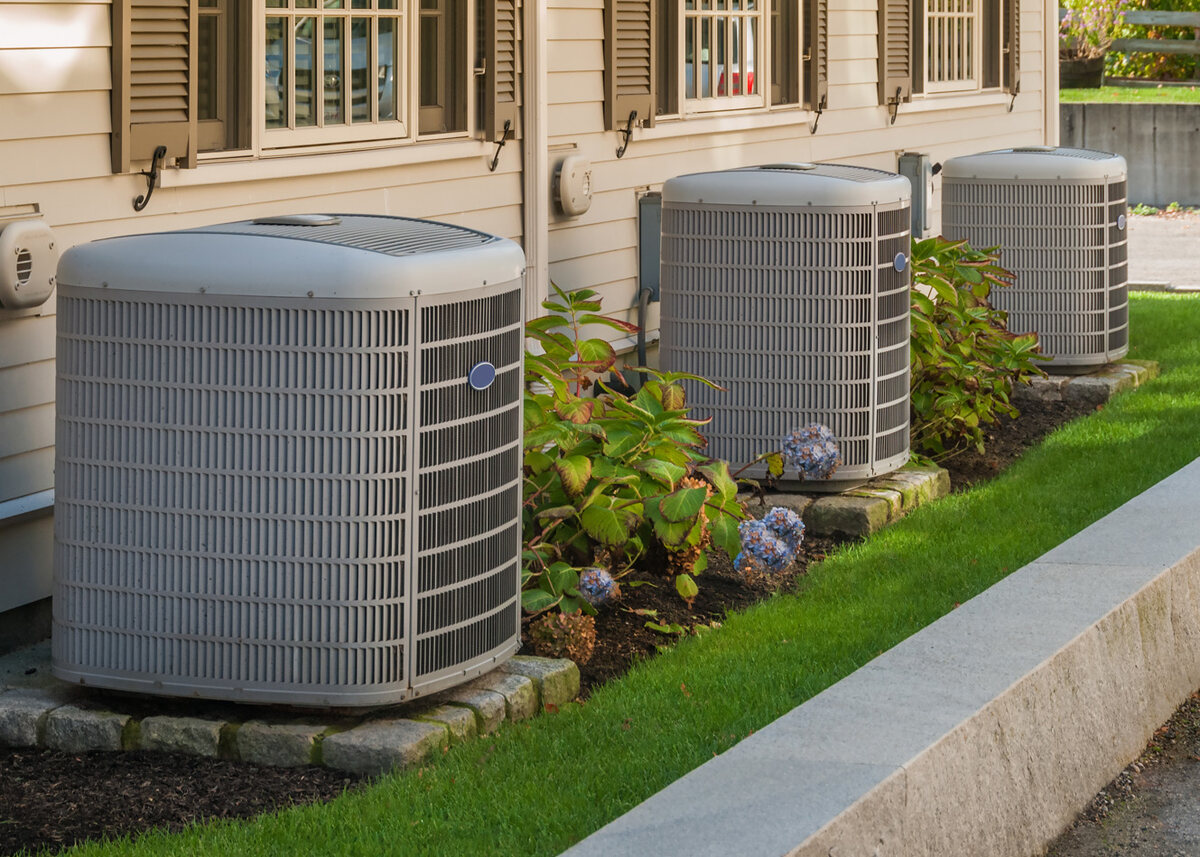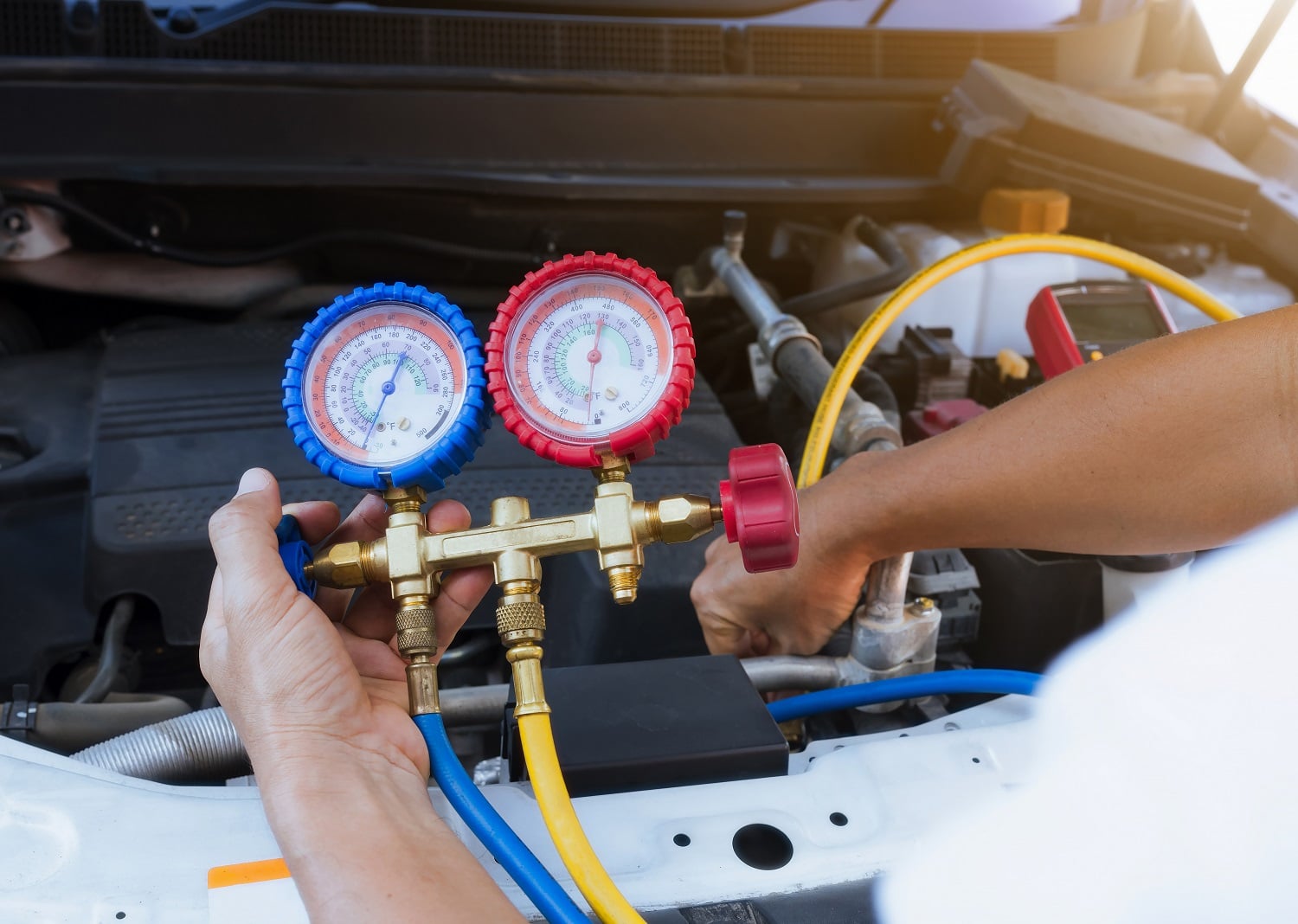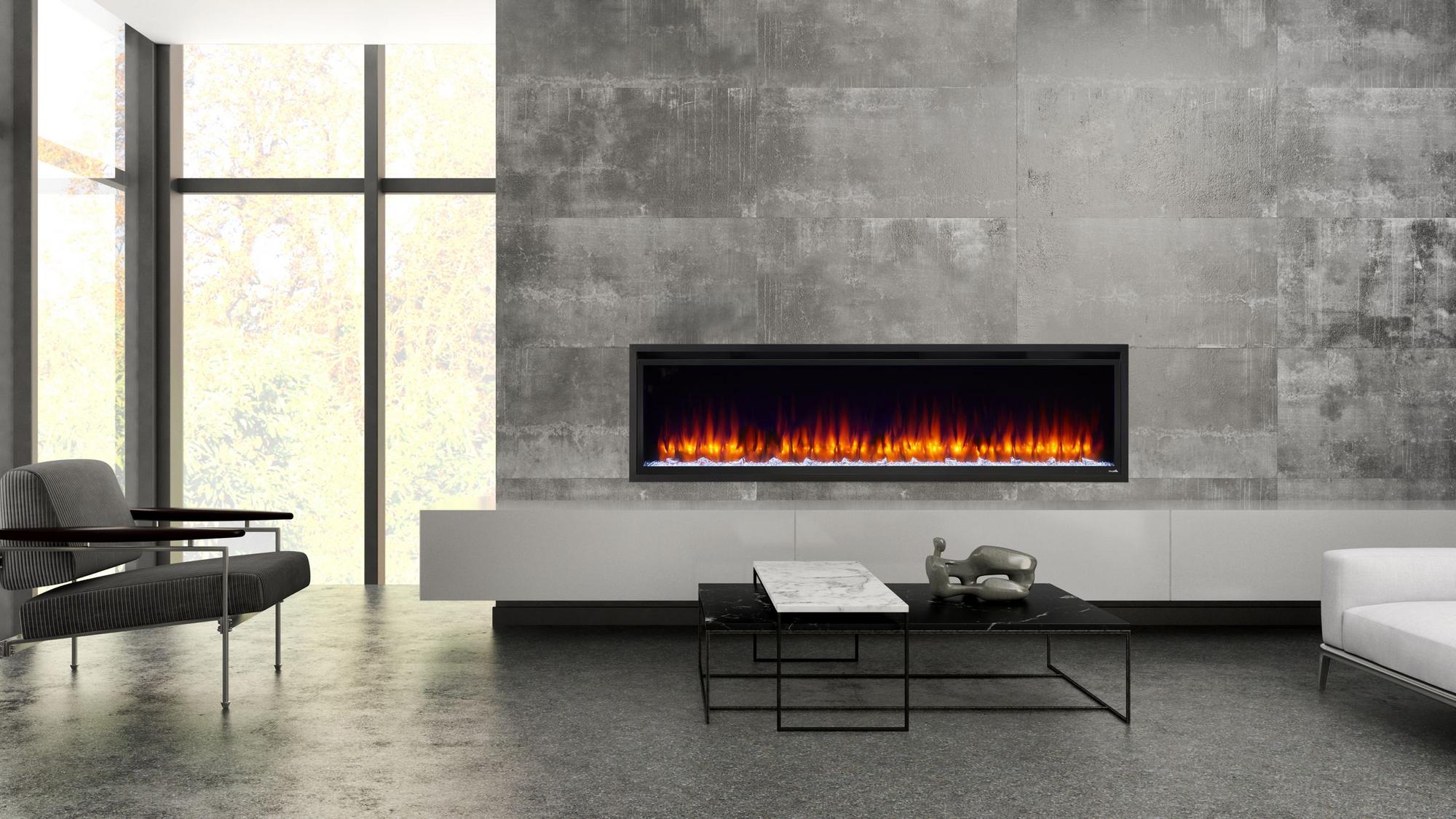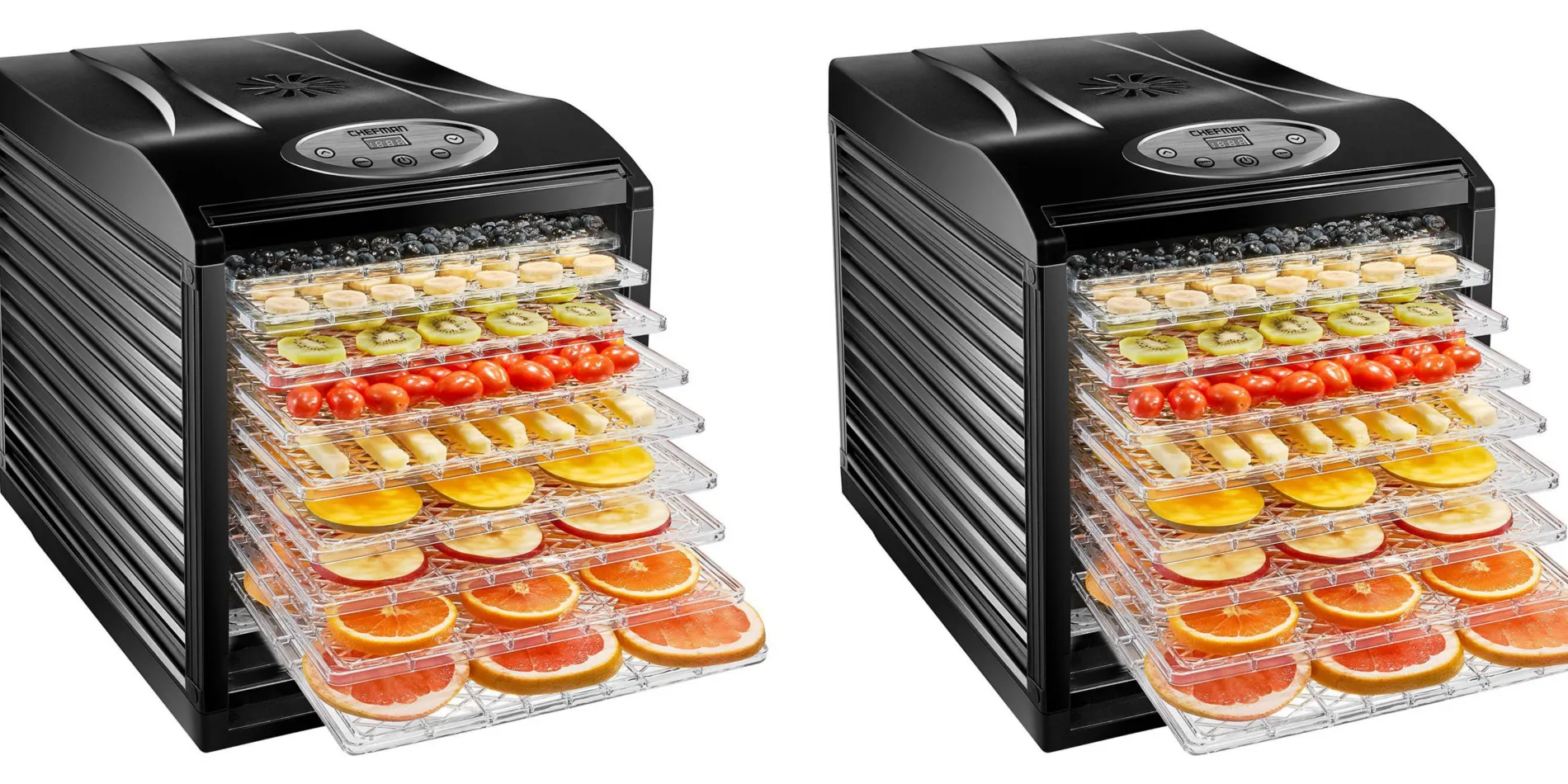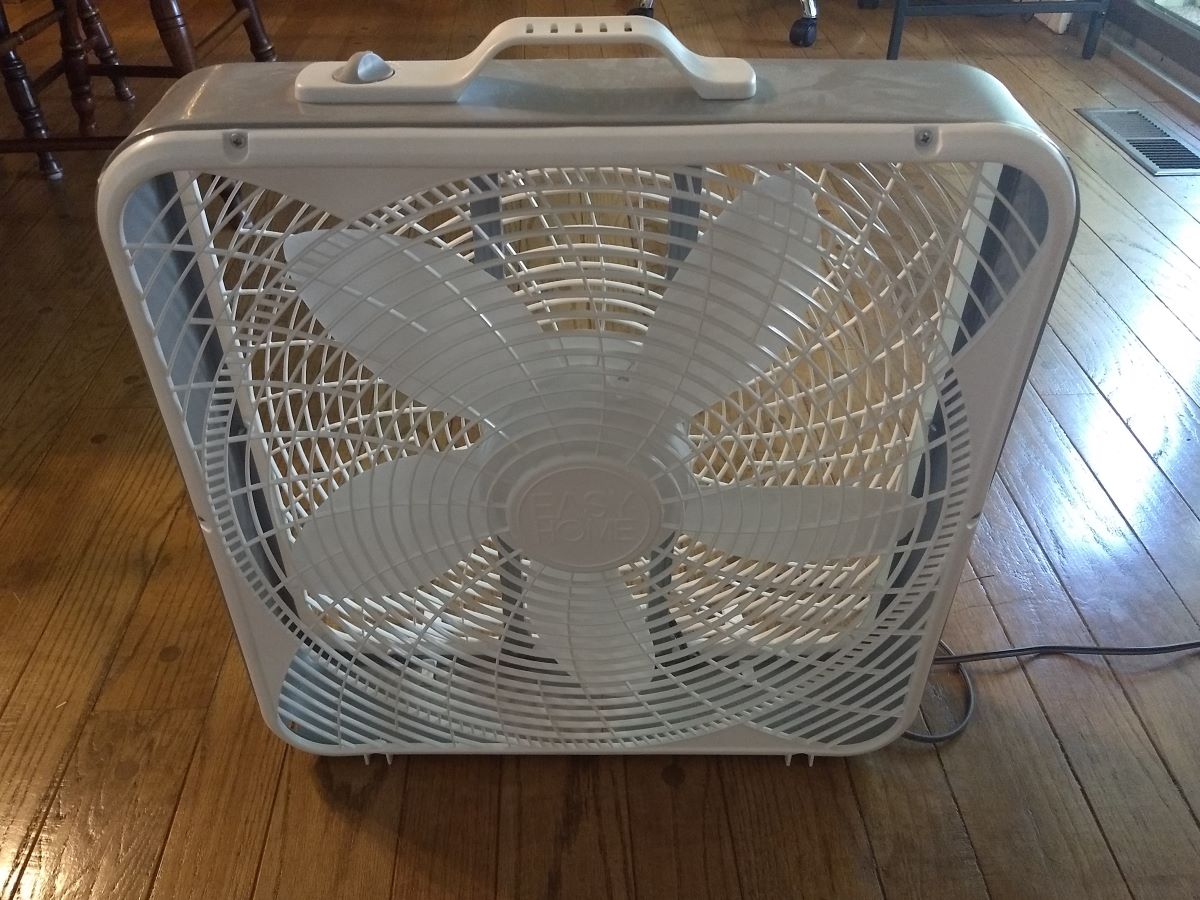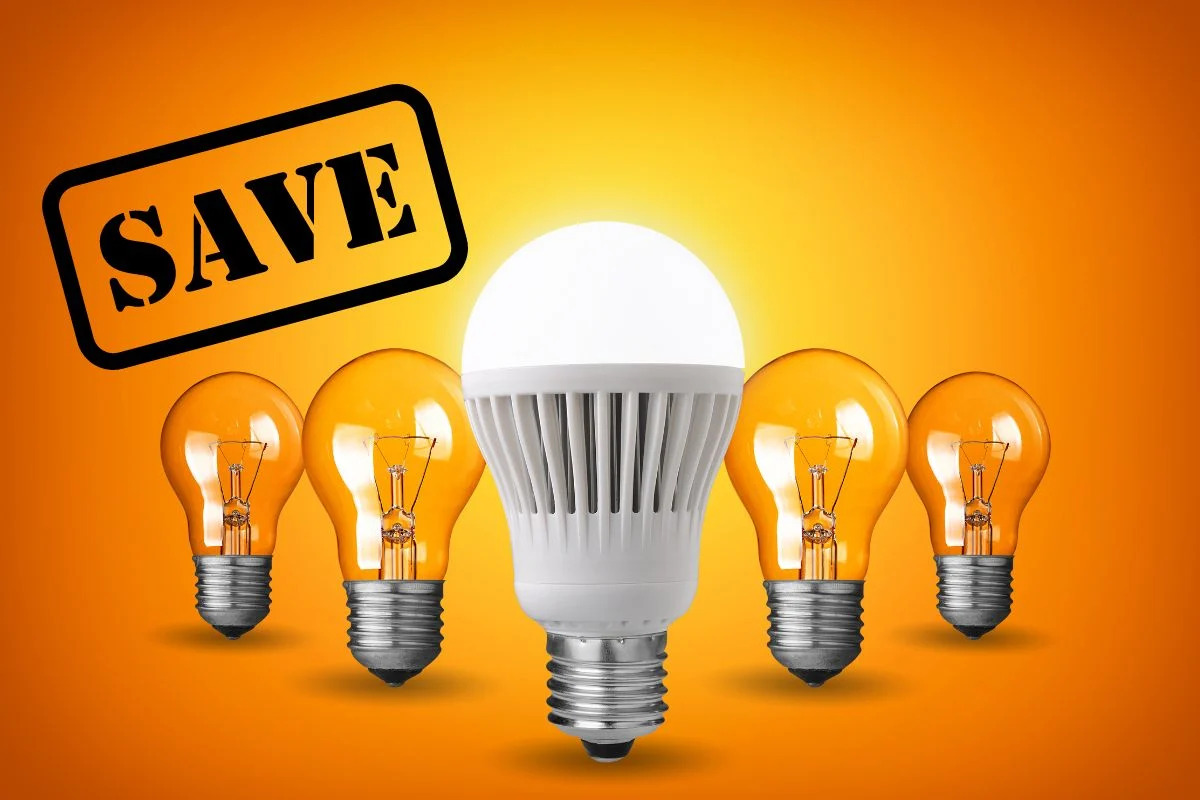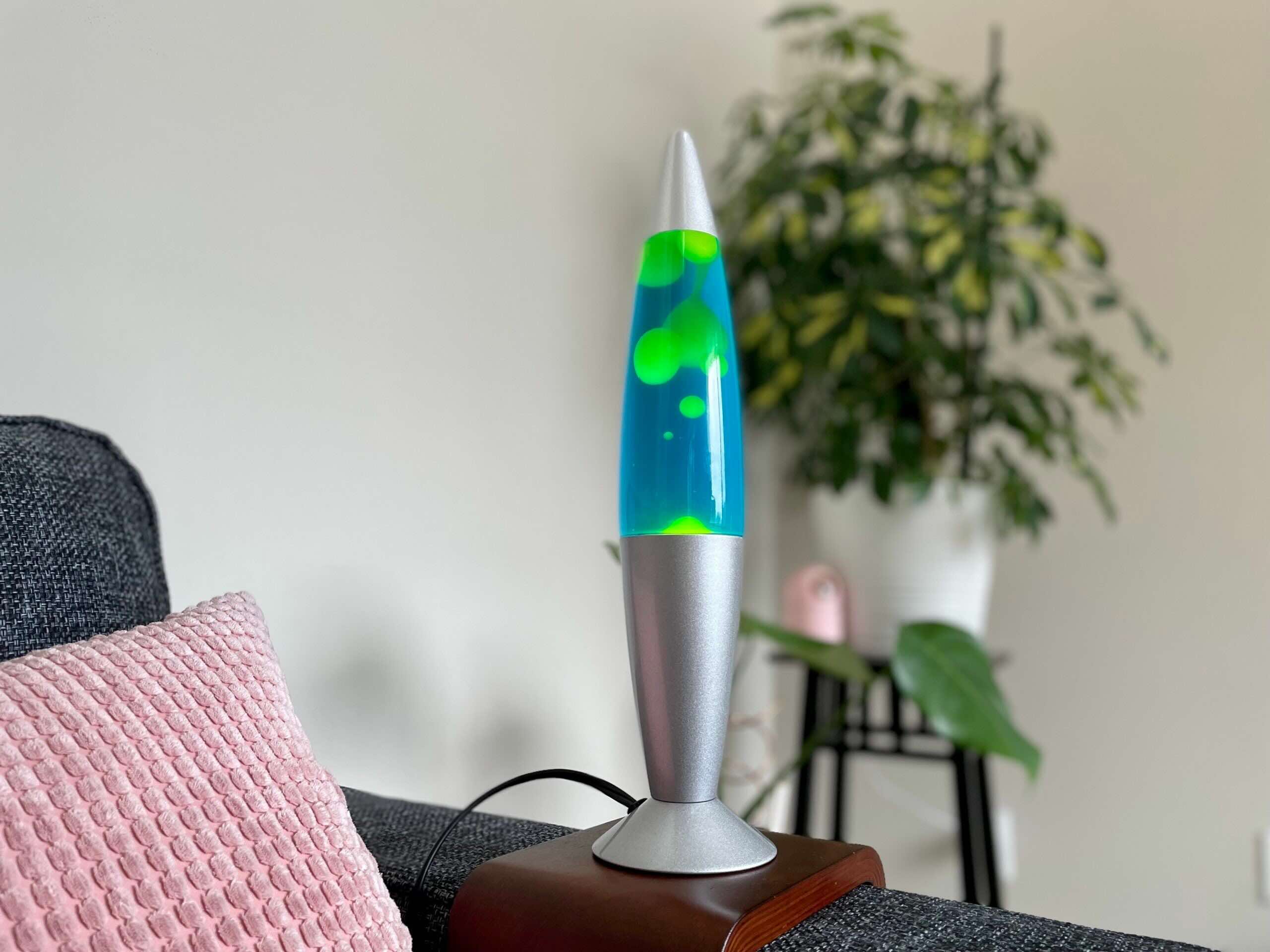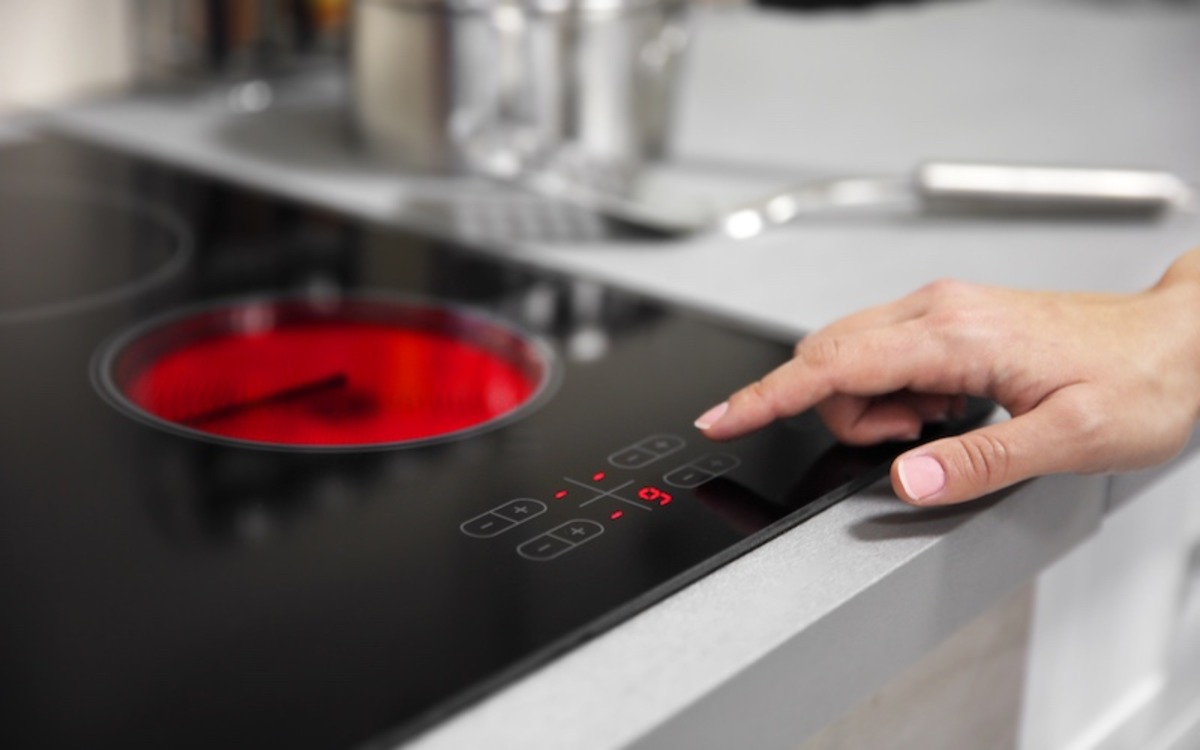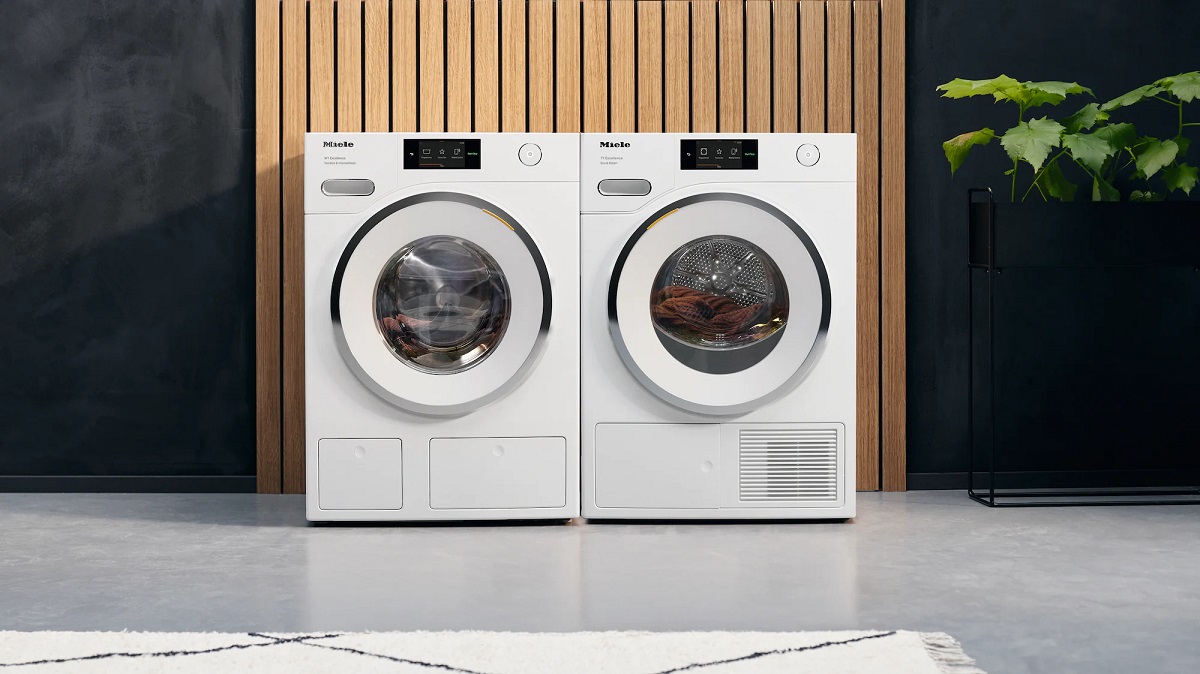Home>Home Maintenance>How Much Electricity Does A Fan Use Compared To Air Conditioning?
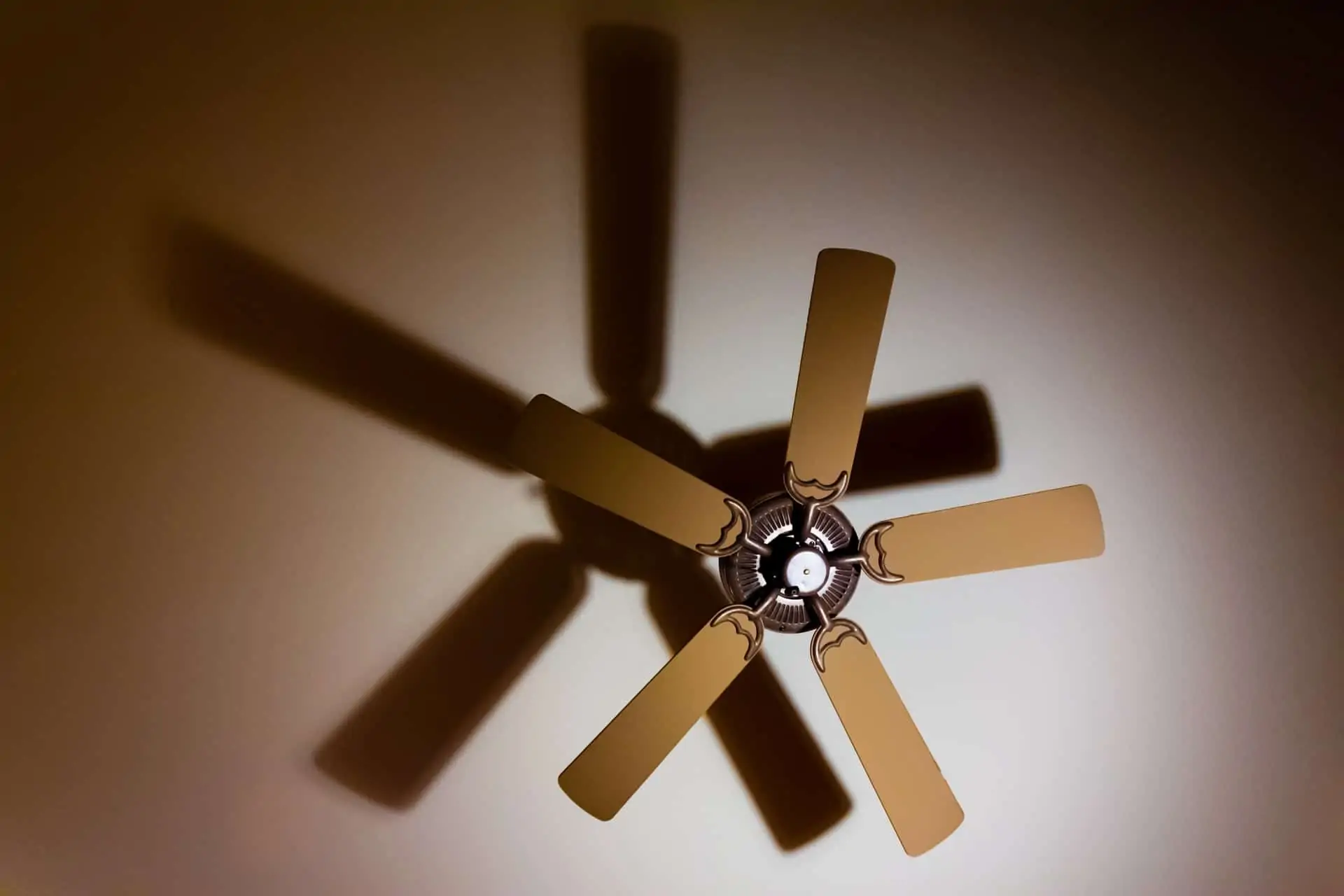

Home Maintenance
How Much Electricity Does A Fan Use Compared To Air Conditioning?
Modified: March 6, 2024
Discover the energy consumption comparison between fans and air conditioning systems. Save on home maintenance costs by understanding how much electricity each option uses.
(Many of the links in this article redirect to a specific reviewed product. Your purchase of these products through affiliate links helps to generate commission for Storables.com, at no extra cost. Learn more)
Introduction
Welcome to the world of home maintenance, where understanding the basics of electricity consumption can help you make informed decisions about keeping your living space comfortable. When it comes to staying cool, many homeowners wonder how much electricity a fan uses compared to air conditioning. In this article, we’ll delve into the fascinating world of electricity usage and explore the differences between fans and air conditioning systems.
Electricity consumption is a critical factor to consider when it comes to home maintenance. Not only does it impact your monthly utility bills, but it also has implications for the environment. By optimizing your electricity usage, you can reduce your carbon footprint and save money in the process.
To understand the electricity consumption of fans and air conditioning systems, we first need to explore how these cooling devices work.
So, let’s dive in and discover the science behind fans and air conditioning, as well as the key factors affecting their electricity consumption. By the end of this article, you’ll be equipped with the knowledge to make an informed decision on which cooling option suits you best.
Key Takeaways:
- Fans use less electricity than air conditioning, making them a cost-effective cooling option for personal use or small areas within a home.
- Factors such as room size, climate, and insulation quality should be considered when deciding between fans and air conditioning for optimal energy efficiency.
Understanding Electricity Consumption
Before we compare the electricity usage of fans and air conditioning systems, it’s essential to understand how electricity consumption is measured. The unit of measurement for electricity is the kilowatt-hour (kWh). This represents the amount of energy consumed when a device with a power rating of 1 kilowatt (kW) is used for one hour.
When it comes to fans and air conditioning, the power rating is key. The power rating of a device is measured in watts (W) and represents the amount of energy it consumes per unit of time. For example, a fan with a power rating of 50 watts will consume 50 watt-hours (0.05 kWh) in one hour of operation.
To calculate the electricity consumption of a device, multiply its power rating (in kilowatts) by the number of hours it is used. This will give you the total energy consumed in kilowatt-hours. Understanding this calculation will help you assess the electricity usage of fans and air conditioning systems more accurately.
Now that we’ve covered the basics of measuring electricity consumption, let’s explore how fans and air conditioning systems work and their impact on energy usage.
How Fans Work
Fans are a popular and energy-efficient way to cool down a space. They work by circulating air throughout a room, creating a cooling effect on our bodies through evaporative cooling and increased air movement.
When you turn on a fan, its blades start rotating at a high speed. As the blades spin, they create suction that draws in the surrounding air. The air is then pushed forward by the spinning blades, creating a flow of air in the room.
The movement of air generated by a fan creates a wind-chill effect on our skin. This, in turn, helps to evaporate moisture from our bodies, making us feel cooler. It’s important to note that fans do not actually lower the temperature of a room; they simply provide a sensation of cooling.
Fans come in various types, including ceiling fans, tabletop fans, and floor fans. Each type has its own features and benefits, but they all work on the same principle of moving air to create a cooling effect.
In terms of electricity consumption, fans generally have lower power ratings compared to air conditioning units. Depending on the size and type of fan, the power rating can range from 20 watts to 100 watts or more. This means that fans consume relatively little electricity compared to air conditioners, making them a cost-effective cooling option.
Now that we understand how fans work, let’s explore the mechanisms behind air conditioning systems and their impact on electricity consumption.
How Air Conditioning Works
Air conditioning systems are designed to cool down the temperature in a room or a building. They work by removing heat from the air and then circulating cool air back into the space.
The process begins with an air conditioning unit that consists of an evaporator, a compressor, a condenser, and an expansion valve. These components work together to transfer heat from inside the room to the outside, thereby cooling down the indoor environment.
First, warm air from the room is drawn into the air conditioning unit through the return air vents. This air passes over the evaporator coil, which contains a cold refrigerant. The refrigerant absorbs the heat from the air, causing the air to cool down.
Next, the cooled air is circulated back into the room through the supply air vents. At the same time, the absorbed heat from the air is transferred to the refrigerant, causing it to evaporate into a gas state.
The now gaseous refrigerant is then compressed by the compressor, which increases its temperature and pressure. The high-pressure gas then moves to the condenser coil, located outside the building, where the heat is released into the surrounding air.
As the refrigerant releases heat, it condenses back into a liquid state and flows through the expansion valve, where its pressure is reduced. This allows the refrigerant to return to the evaporator coil and repeat the cooling cycle.
It’s important to note that air conditioning systems require a significant amount of electricity to power the compressor, fans, and other components. The power consumption of an air conditioner will depend on factors such as the size of the unit, the desired temperature, and the insulation level of the room or building.
Overall, air conditioning systems offer efficient and effective cooling, but they consume more electricity compared to fans. Understanding the electricity consumption of air conditioning systems is crucial when comparing them to fans.
Now that we have explored how fans and air conditioning systems work, let’s delve into their electricity consumption to understand the differences between the two cooling options.
Electricity Consumption of Fans
As mentioned earlier, fans generally have lower power ratings compared to air conditioning systems. This means that they consume less electricity to operate, making them an energy-efficient cooling option.
The power rating of a fan can vary depending on its size, type, and speed settings. On average, a typical fan used for personal cooling purposes, such as a tabletop or floor fan, can have a power rating ranging from 20 watts to 100 watts.
When calculating the electricity consumption of a fan, we need to consider the number of hours it is used. For example, if you use a fan with a power rating of 50 watts for 8 hours a day, the total energy consumed would be 400 watt-hours or 0.4 kWh (50 watts x 8 hours).
It’s worth noting that the power consumption may vary if you adjust the speed settings on the fan. Running a fan on a higher speed setting will consume more electricity compared to a lower speed setting. Therefore, if energy efficiency is a priority, it’s recommended to use fans on lower speed settings whenever possible.
Compared to air conditioning systems, fans have a significantly lower electricity consumption. This makes them a cost-effective cooling option, especially for personal use or cooling small areas within a home.
Next, let’s compare the electricity consumption of fans to air conditioning systems to understand the energy differences between the two.
Using a fan instead of air conditioning can save a lot of electricity. On average, a fan uses about 10-120 watts, while an air conditioner uses 1000-5000 watts. So, using a fan can be a more energy-efficient option for cooling.
Read more: How Much Electricity Does Air Heating Use
Comparison of Electricity Consumption: Fans vs. Air Conditioning
When it comes to comparing the electricity consumption of fans and air conditioning systems, there is a significant difference in energy usage. Air conditioning systems typically consume much more electricity compared to fans.
As mentioned earlier, the power consumption of a fan can range from 20 watts to 100 watts or more, depending on its size and speed settings. On the other hand, air conditioning systems can consume anywhere from 1,000 watts (1 kilowatt) to 5,000 watts (5 kilowatts) or more, depending on the capacity and efficiency of the unit.
Due to the higher power consumption of air conditioning systems, they generally consume several times more electricity than fans. For example, running an air conditioner with a power rating of 2,000 watts for 8 hours a day would result in a total energy consumption of 16 kilowatt-hours (2,000 watts x 8 hours).
It’s important to note that the size and efficiency of the air conditioning system can greatly affect its electricity consumption. Smaller units and those with higher energy efficiency ratings (such as units with an ENERGY STAR certification) tend to consume less electricity compared to larger, older, or less efficient models.
Another factor to consider is the cooling needs of the space. Fans are suitable for personal use and cooling small areas, while air conditioning systems can cool entire rooms or even whole houses. If you only need cooling in a specific area, using a fan can be a more efficient and cost-effective choice.
However, in extremely hot or humid climates, fans may not provide enough cooling to maintain a comfortable indoor temperature. In such cases, air conditioning systems become necessary, even with their higher electricity consumption.
Ultimately, the decision between using a fan or air conditioning comes down to personal preference, budget, and the specific needs of your living space. By understanding the differences in electricity consumption, you can make an informed choice that suits your requirements.
Now that we’ve compared the electricity consumption of fans and air conditioning systems, let’s explore the various factors that can affect their electricity usage.
Factors Affecting Electricity Consumption
Several factors can affect the electricity consumption of both fans and air conditioning systems. Understanding these factors can help you optimize energy usage and reduce your overall electricity costs.
1. Usage Time: The number of hours you use a fan or air conditioning system directly impacts its electricity consumption. The longer you run the device, the more energy it will consume. Consider using timers or programmable thermostats to control usage and avoid unnecessarily running cooling devices when they are not needed.
2. Room Size: The size of the room or area that needs to be cooled affects the electricity consumption of both fans and air conditioning systems. Larger rooms require more powerful devices with higher power ratings. Using a fan in a small room will be more energy-efficient compared to using an air conditioning system to cool the entire space.
3. Efficiency: The energy efficiency of a cooling device plays a significant role in its electricity consumption. Higher efficiency fans and air conditioning systems will use less electricity to achieve the desired cooling effect. Look for energy-efficient models with higher SEER (Seasonal Energy Efficiency Ratio) ratings for air conditioning units, and consider using fans with advanced motor technology for better energy savings.
4. Climate: The climate and ambient temperature of your region impact the energy consumption of cooling devices. In hot and humid climates, air conditioning systems may need to work harder and consume more electricity to maintain comfortable temperatures. In milder climates, using fans alone may be sufficient for cooling purposes.
5. Insulation and Ventilation: The insulation and ventilation quality of your home can affect the electricity consumption of air conditioning systems. Well-insulated homes can retain cool air and reduce the workload on air conditioners. Proper ventilation can also enhance airflow, improving the effectiveness of cooling devices and reducing energy usage.
6. Maintenance: Regular maintenance of fans and air conditioning systems is crucial for optimal performance and energy efficiency. Clean air filters, well-lubricated fan blades, and properly sealed ductwork can contribute to lower electricity consumption. Additionally, ensuring that fans and air conditioning vents are clean and unobstructed allows for better airflow, reducing energy waste.
By considering these factors and implementing energy-saving practices, you can minimize the electricity consumption of both fans and air conditioning systems while still enjoying a comfortable living environment.
Now, let’s explore the cost considerations associated with fans and air conditioning systems.
Cost Considerations
When comparing the cost of using fans versus air conditioning systems, there are several factors to consider beyond the initial purchase price. These factors include energy costs, maintenance expenses, and potential savings.
1. Energy Costs: Fans generally have lower power ratings and consume less electricity compared to air conditioning systems. This means that using fans can result in significantly lower energy bills. Air conditioning systems, on the other hand, consume more electricity due to their higher power ratings. Consider the energy consumption and associated costs when deciding between fans and air conditioning.
2. Installation and Maintenance: The installation cost of air conditioning systems is usually higher compared to fans. Air conditioning systems often require professional installation and may involve additional expenses such as ductwork and electrical modifications. Conversely, fans are typically easy to install and require minimal maintenance. Regular maintenance of air conditioners, including filter replacements and professional servicing, can also add to their overall cost.
3. Flexibility and Zoning: Fans offer more flexibility in terms of direct cooling in specific areas or personal use. They can easily be moved from one room to another, allowing you to cool only the spaces that are occupied. Air conditioning systems, on the other hand, provide whole-room or whole-house cooling but lack the flexibility of targeted cooling. Zoning systems can help to mitigate this by allowing for customized cooling in different areas of the house, but they can add to the overall cost of the air conditioning system.
4. Longevity and Lifespan: Air conditioning systems generally have a longer lifespan compared to fans. While fans can last for several years with regular maintenance, air conditioning systems can last up to 15-20 years. Considering the long-term investment, the cost of replacing fans more frequently should be factored into the overall cost analysis.
5. Climate Considerations: The climate of your region plays a role in determining the cost-effectiveness of fans versus air conditioning. In hot and humid areas, air conditioning may be essential to maintain a comfortable living environment. However, in milder climates, fans may provide sufficient cooling at a lower cost. Assess the heating and cooling needs of your region to make an informed decision.
6. Financial Incentives: Depending on your location, there may be financial incentives or rebates available for energy-efficient cooling systems. Check with your local utility company or government programs to see if there are any incentives that can offset the cost of purchasing energy-efficient fans or air conditioning systems.
Before making a decision, evaluate your specific needs, budget, and the cost implications mentioned above. Consider the initial investment, ongoing maintenance costs, and the long-term savings in energy bills. Strike a balance between comfort and cost-effectiveness to find the best cooling solution for your home.
With cost considerations covered, let’s explore some energy efficiency tips for both fans and air conditioning systems.
Energy Efficiency Tips for Fans and Air Conditioning
Whether you choose to cool your home with fans or air conditioning systems, implementing energy-efficient practices can help you reduce electricity consumption and save on energy costs. Here are some tips to maximize energy efficiency:
1. Use Fans Strategically: Place fans near windows or doors to create cross ventilation and maximize air circulation. This can help cool down a room more effectively. Utilize ceiling fans to supplement air conditioning, as they can create a wind-chill effect and allow you to raise the thermostat temperature without sacrificing comfort.
2. Optimize Airflow: Keep doors and windows closed when using air conditioning to prevent cool air from escaping and hot air from entering. Ensure that the airflow from both fans and air conditioning units is unobstructed by removing any furniture or obstacles that may impede the air circulation.
3. Maintain Air Filters: Clean or replace air filters regularly in both fans and air conditioning systems. Clogged filters restrict airflow, making the devices work harder and consuming more energy. Proper maintenance also prolongs the lifespan of the devices.
4. Set Thermostat Efficiently: Use a programmable thermostat with air conditioning systems to regulate temperature based on your schedule. Increase the temperature when you’re away to reduce cooling costs. When using fans, set them to the most comfortable speed and avoid running them unnecessarily when the room is unoccupied.
5. Seal and Insulate: Properly seal gaps around windows and doors to prevent air leakage. Insulate your home, especially the walls and attic, to reduce heat gain and loss. Good insulation helps both fans and air conditioning systems work efficiently by maintaining the desired temperature for longer periods.
6. Curtains and Blinds: Keep curtains or blinds closed during peak sunlight hours to prevent the sun’s heat from entering the room. This reduces the load on air conditioning systems and helps maintain a cooler temperature. When using fans, open windows in the evenings to allow cool air to circulate.
7. Upgrade to Energy-Efficient Models: When replacing fans or purchasing new air conditioning systems, choose energy-efficient models. Look for the ENERGY STAR label, which indicates that the device meets rigorous energy efficiency standards. Energy-efficient devices may have higher upfront costs but can provide significant long-term energy savings.
8. Schedule Regular Maintenance: Schedule professional maintenance for air conditioning systems to ensure optimal performance and energy efficiency. Regular cleaning, inspecting ductwork, and fine-tuning the system can improve efficiency and lower energy consumption.
By following these energy efficiency tips, you can reduce your environmental impact and lower your energy bills while still enjoying a comfortable living space.
Now that we’ve covered energy efficiency tips, let’s wrap up this article.
Conclusion
When it comes to cooling your living space, there are options to suit different needs and budgets. Understanding the electricity consumption of fans versus air conditioning systems is essential for making informed decisions and optimizing energy usage.
Fans provide a cost-effective cooling solution with lower electricity consumption. They work by circulating air and creating a wind-chill effect, providing a perceived sense of cooling. Fans are particularly suitable for personal use or cooling smaller areas within a home.
On the other hand, air conditioning systems offer more comprehensive cooling for larger spaces. While they provide effective temperature control, air conditioning systems consume significantly more electricity compared to fans. It’s important to consider factors such as room size, climate, and insulation quality when deciding between fans and air conditioning.
To maximize energy efficiency, implement strategies like using fans strategically, optimizing airflow, and maintaining air filters. Proper sealing and insulation, as well as upgrading to energy-efficient models, can also contribute to reducing energy consumption and saving on energy costs.
Ultimately, the choice between fans and air conditioning systems depends on individual preferences, cooling needs, and budget considerations. Assess your specific requirements, consider the climate of your region, and evaluate the long-term cost implications. By balancing comfort and energy efficiency, you can create a cooling strategy that suits both your needs and the environment.
In the world of home maintenance, understanding electricity consumption and optimizing energy usage are crucial for creating a sustainable and cost-effective living environment. So, stay cool, save energy, and make informed choices for a comfortable and eco-friendly home.
Thank you for joining us on this exploration of fans versus air conditioning systems. We hope you found this article informative and that it helps you make smart decisions in your home maintenance journey!
Frequently Asked Questions about How Much Electricity Does A Fan Use Compared To Air Conditioning?
Was this page helpful?
At Storables.com, we guarantee accurate and reliable information. Our content, validated by Expert Board Contributors, is crafted following stringent Editorial Policies. We're committed to providing you with well-researched, expert-backed insights for all your informational needs.
